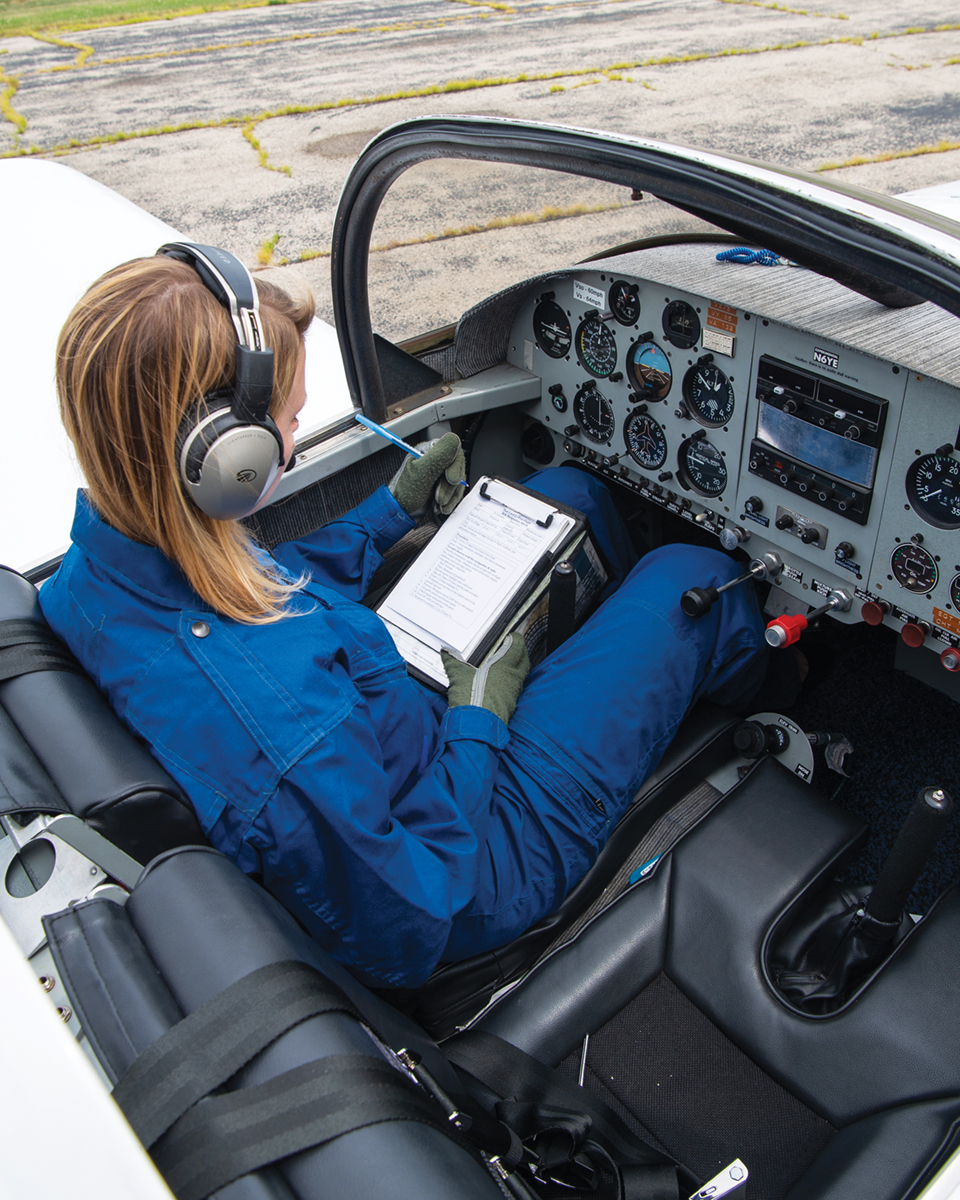A Safer Way to Flight Test
July 26, 2019 - After its launch in late 2018, the EAA Flight Test Manual has sold more than 2,000 copies and has been praised throughout the aviation community. In addition to providing a useful resource for builders, the FTM also illustrates the utility of task-based flight testing.
The 47-page manual is a comprehensive program for amateur-built aircraft flight testing. It includes outlines for each essential test point, as well as a booklet of 19 test cards that can be carried in the aircraft for quick reference and data collection while in flight. Those test cards are similar to those used by professional civilian and military test pilots, and they're an exclusive resource for amateur-built aircraft pilots using the EAA manual.
"This manual is the result of many years of work by EAA, our volunteer Homebuilt Aircraft Council, and the EAA board of directors' safety committee," said Sean Elliott, EAA's vice president of advocacy and safety. "It builds on other recent EAA projects to improve flight test safety, such as the Additional Pilot Program approved by the FAA. In addition, this manual is part of EAA's comprehensive effort to meet and exceed the National Transportation Safety Board's recommendations for enhancing amateur-built aircraft safety, especially in the initial hours of flight testing."
The EAA Flight Test Manual provides the guidance and data collection process to bring simplicity to a flight testing program. It allows pilots to have a full understanding of an aircraft's performance, characteristics, and limitations. It is also designed to be a handy reference that accompanies the aircraft for future flights. The manual is one segment of EAA's work with the FAA to create a new, alternative Phase I flight testing program using a requirements-based foundation. That could bring a significantly reduced flight-test hour requirement in exchange of successful completion of the step-by-step flight testing program.
"The accident rate for amateur-built aircraft is at a historic low, but we are relentless in seeking continuing improvement through education," Sean said. "EAA has been a leader in this area for more than 60 years and continues to develop new resources that benefit recreational aviation."
EAA advocates creating an alternative program that would simply require the tasks of the FTM to be completed before the aircraft moves onto Phase II. The FTM is comprehensive enough that in most cases there will not be a dramatic difference in hours between this program and the current hour requirement, but it ensures that every hour will serve a specific, meaningful purpose in preparing the aircraft for operational flight.
FAA support of a task-based flight program using the EAA FTM would satisfy several recommendations from the 2012 NTSB study The Safety of Amateur-Built Experimental Aircraft. A complimentary task-based Phase I program would be a true win-win. It will replace an arbitrary hour requirement with a list of critical tasks to complete, and it will allow the easy completion of an aircraft operation manual.
EAA is using analytics to facilitate automatic collection of flight test data for aircraft equipped with electronic flight test systems. More information on this is available at forums held on the Flight Test Manual today at 10 a.m. at GAMA Forum Stage 2, and tomorrow at 8:30 a.m. at Forum Stage 3. The manual is available online for $17.95 for EAA members and $22.95 for nonmembers.

